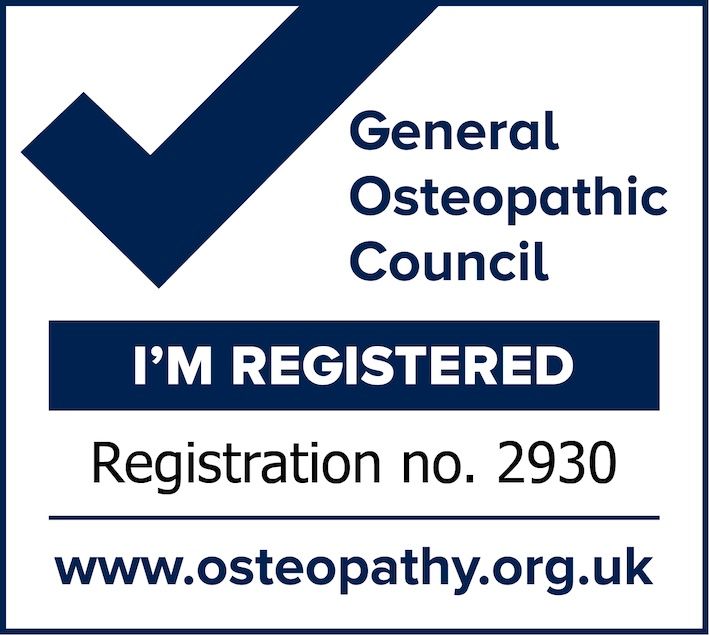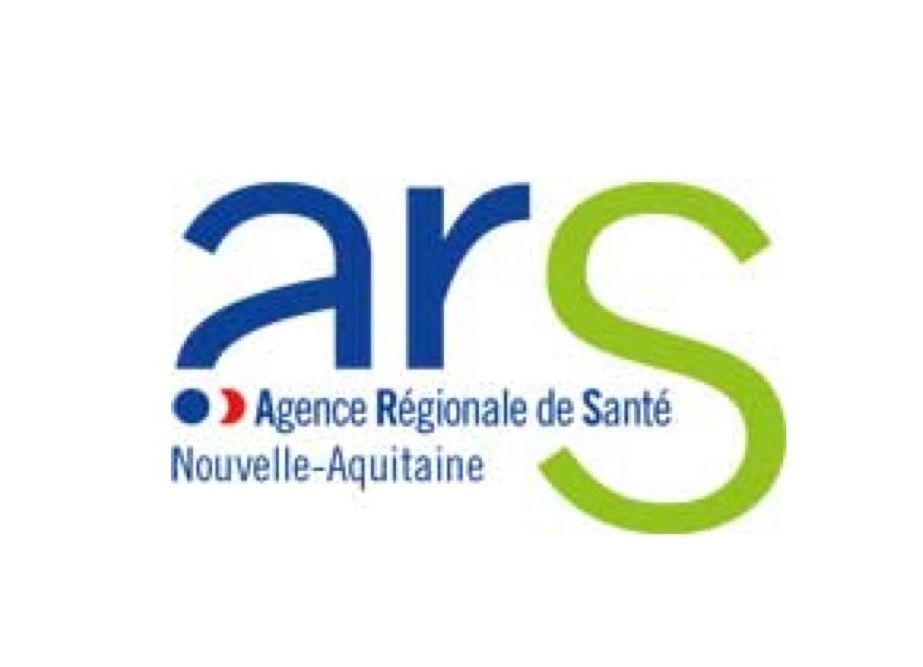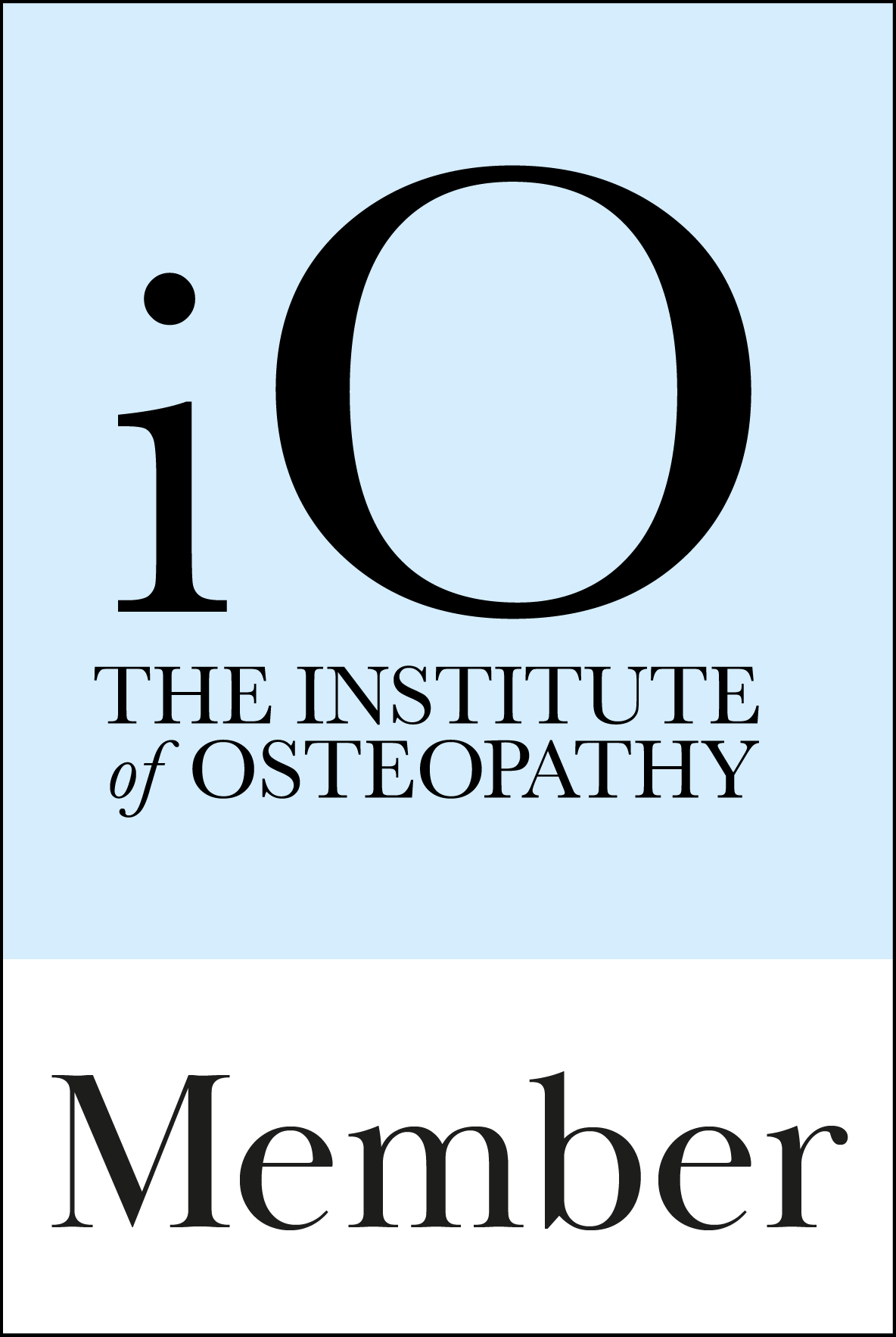Neurological Integration System
As part of your osteopathic or naturopathic consultation, the Neurological Integration System is used to assist your body in attaining its optimum health.
The Neurological Integration System was devised, and is under constant research and development, at Neurolink in New Zealand and at the Neurolog Akademie in Germany. It fits perfectly into the principles of naturopathic medicine: seeking to promote health by stimulating and supporting the body’s inherent powers to regain harmony and balance.
The
Neurological Integration System involves a set of prioritised treatment protocols that evaluate your neurological circuitry to determine and address which aspects of your body function that your brain is not fully controlling. It uses a muscle test and contact with various parts of the body. It is non-invasive, stress and pain free and is suitable for the new-born baby through to the very aged (and also for animals).
Looking at the big picture!
Your brain controls optimum function of your body through its neurological circuitry.
It is constantly receiving information from every facet of your body, and in turn sends back ‘fine tuning’ messages, many times per second. This means every cell, gland, organ, muscle, tendon and
meridian is constantly monitored via these circuits to your brain.
For example, in the event of injury or infection an army of white blood cells and other factors are instantly sent to the site to seal it off and start the healing process.
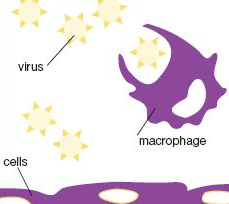
Exceeding your tolerances!
But from time to time, stresses to your body (whether physical, pathological, neurological or emotional) exceed our individual tolerances.
This is when your body will start to show symptoms of pain and/or illness.
If too many of your tolerances have been exceeded, your body sometimes loses track of what is going on. This can be thought of as a broken circuit - your brain is no longer in full communication with certain aspects of your body function.
Neurological Integration System
The Neurological Integration System, or NIS, uses a set of prioritised tests and treatment protocols to determine and address those ‘broken circuits’.
This may include contacting acupuncture meridians, using the meridian pulse points, asking you to move parts of your body or touching different joints or muscles.
It helps your osteopath or chiropractor to identify underlying causes that may be producing your individual symptom pattern and relevant integration protocol will ‘reset’ your body circuitry and optimise your function. Your body will then set about healing itself.
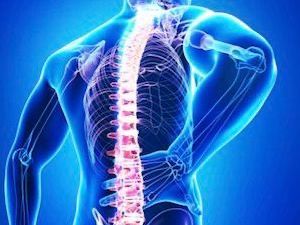
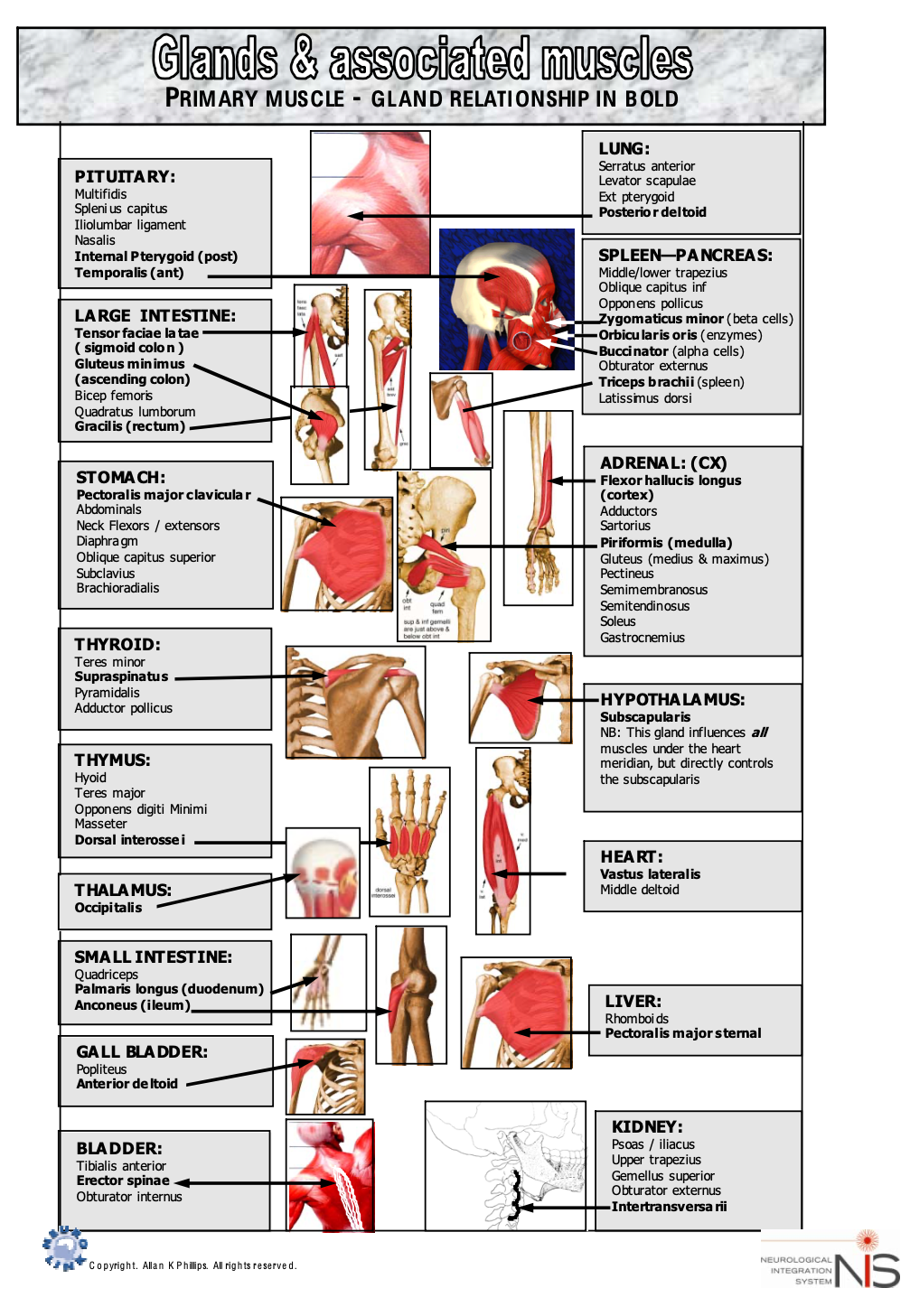
Getting to the cause of the problem
NIS is a fantastic tool for delving deep into the root causes of conditions.
Health is more than the absence of obvious disease. It is dependent upon the individual and is a reflection of an harmonious interaction with our environment - both internally, within our body, and externally. Dysfunction in one area invariably leads to disruption elsewhere.
All functional areas of the body - the musculoskeletal system, organ function, hormonal balance, the immune system, emotions and behavioural patterns - are monitored and coordinated by the central nervous system.
The Neurological Integration System reveals disturbed communications between all the body's systems and enables a "reset" of the normal connections. Comparable to an update for a troubled operating system of a computer, only many times more complex!
NIS is a completely safe and pain-free. It does not involve any drugs or manual manipulation
and is suitable for all ages.
www.neurolinkglobal.com
About the Neurological Integration System
When each of us were born, we were born with a DNA template unique to each of us. That template determines 'normal' and optimum function. The brain operates within the parameters of that template. The parameters of that template represent our individual tolerances. Muscles, glands, tendons, ligaments etc all have tolerances.
The tolerances of one person are very different to those of the next.
When all body systems function within our individual ‘template’ of parameters we have great health.
From time to time stresses cause our individual tolerances to be exceeded. They can be physical, pathological, chemical or emotional. This is when the body will start to show symptoms of pain and/or illness. An exceeded threshold may be thought of as a broken circuit. The brain is no longer in full ‘communication’ with certain facets of function. What happens now is the body endeavours to compensate.
These thresholds are essentially thresholds of stress. The meaning of stress, and how each individual reacts to it varies. How it affects our individual health will vary. Our tolerance levels to the same stresses are different. Therefore what is stressful for you to the extent of affecting your health will be completely different for the person next to you. That is why some people will always be bound to catch the latest bug that is going around, when another person can be subject to the same environment and never catch it.
The brain controls optimum function, through its neurological circuitry. It is constantly receiving information from every facet of the body, and in turn sends back ‘fine tuning’ messages, many times per second. This means every cell, gland, organ, muscle, tendon etc in the body is constantly monitored via these circuits to the brain.
The Neurological Integration System (NIS) uses a set of prioritised treatment protocols that assess the function of all the body’s systems, and all the factors that have or could translate themselves to symptoms. These protocols will identify aspects of physiology that are not functioning to the potential of the respective individual.
In evaluating the function of the body’s systems from a neurological point of view, this means the underlying CAUSES of symptoms are being addressed and not the symptoms themselves. NIS leverages the brain’s profound ability to restore the body and all its systems to full potential.
How Can NIS Help?
NIS addresses the whole spectrum of complaints:
• Physical/structural
• pathological
• Neurological
• Hormonal/chemical
• Emotional (in the context of the neurological implications).
More importantly, you should understand HOW complaints are viewed with the Neurological Integration System:
Prior to your NIS appointment, your complaint may have already been given a ‘label’: the name given to describe a particular group of symptoms. The list is infinite, but a few examples are: asthma, ADD, fibromyalgia, irritable bowel syndrome, dermatitis, and the list goes on.
What these labels do is DESCRIBE symptoms, they do not ESTABLISH, causes. NIS does not treat the ‘label’ or the symptom pattern itself. Instead, it addresses the underlying issues driving the symptom pattern by restoring all the body’s systems to optimum function. As a matter of course, the symptom pattern will then resolve.
With that said, Neurolink’s philosophy is more concerned about the neurophysiological reasons that have caused your complaint than the complaint itself. For example if your complaint is allergies, NIS will address the reasons for the substance intolerance. If you depend on medication, NIS will address the reasons why you are needing to take the medication. If you have ongoing spinal pain and constantly need to have it manipulated, NIS will address the reasons why you need ongoing adjustments.
More About NIS
Your brain is a powerful piece of machinery. At the centre of your nervous system your brain controls all conscious actions, like your thoughts, feelings and memories. And it controls all automatic actions like your heartbeat, blood pressure, body temperature and breathing.
The NIS system bases its treatment method on the scientific principle that the brain governs ‘optimum function’ of all the body’s systems.
As long as the neurology (brain) is communicating appropriately with the physiology (body), we should be operating at ‘optimum function’.
As we go about our daily lives we are exposed to different types of stresses. Stresses can be Physical/ Pathological/ Neurological/ Emotional. For the most part our bodies are designed to handle these.
Example 1
As we go about our daily lives we are exposed to different types of stresses.
Structural/Physical:
When we push a muscle too far, other muscles support it to prevent any serious damage
Pathological:
When we are exposed to a virus our bodies are designed to quickly get to work to develop antibodies to fight the infection
Emotional:
When we have a argument with a work colleague our body is designed to not become emotionally overloaded
For the most part our bodies are designed to handle these.
But from time to time these stresses can push you past your usual ‘tolerance’ level – causing the signal between brain and body to become disconnected.
And because the signal is not getting through, your brain no longer has complete control of that particular area of your physiology (body).
When an area of physiology is no longer under the control of the brain, it will stop functioning to its optimum and you then begin to experience symptom/s: There are over 600,000 possible symptoms that the body is capable of!
Symptoms are your body's way of saying that things are not working as they should be or to ‘optimum function’.
Example 2
So sometimes these stresses can push us past our usual ‘tolerance'... now when are exposed to the same stresses....
Structural/Physical:
When we push a muscle too far... we end up with a torn muscle.
Pathological:
When we are exposed to a virus... pre-occupied elsewhere our antibodies are unable to fight the virus now we get the flu.
Emotional:
When we have a argument... our digestion can be effected, causing fatigue.
The NIS system uses latest scientific research to ‘tap’ into the intelligence of your brain to identify which signals are not getting though. By restoring these connections, your physiology (body) will come back under the control of your neurology (brain).
When this happens the effected areas of your body are able to be returned to optimum potential. And so the symptom/s you are experiencing will in turn resolve.
During an NIS treatment your practitioner uses a muscle test and runs though of series of checks (the NIS system).
By contacting specific anatomical contact points your practitioner is able to identify which signals between the neurology (brain) and physiology (body) are not getting through.
These points are similar to those used in Chinese Medicine & Acupuncture.
For example your practitioner can access information about your liver gland, by contacting the meridian liver pulse on your left hand.
Example 1:
The muscle test asks the question “is the signal between your liver and the brain getting through”?
If the muscle stays strong:
The signal is fine, the liver is functioning as it should.
If the muscle goes weak:
Then the signal is not getting through and your liver may not be functioning as well as it should.
A poorly functioning liver can cause a number of different issues…
Poor digestion – if your liver is unable to make the bile you need to digest food
Chronic fatigue – if your liver is unable to store iron you could feel tired and lethargic
Our approach is unique in that we are accessing the intelligence of the brain through muscle testing and using these external anatomical contact points.
We do not use any machines, manipulation, drugs/ medications, special diets, or exercises.
When a disconnected signal is identified we use a method called integration and ‘tap’ a very specific area of the cranium so that the brain is able to restore the signal.
Once this happens and communication resumes, the neurology (brain) is able to begin returning your physiology (body) back to its optimum function.
Example 2:
The practitioner uses the integration method so now when we muscle test: The muscle stays strong
With a clear signal the brain can now go about restoring function to the liver.
The action is immediate, but the resolution of your symptom/s can take up to 72 hours.
So in turn the symptom/s you are experiencing will begin to resolve.
Principles of NIS
The principles of NIS are unique and are what sets this method of healthcare apart from all other ‘techniques’ or modalities.
Principle #1
NIS is based on the premise that all neuro-physiology is governed by the brain and not the mind.
Therefore the BRAIN, not the practitioner, becomes the definitive source for evaluating and correcting complaints.
Principle #2
NIS looks beyond “labelled” complaints
A label is the name given to a ‘group of symptoms’. e.g. asthma, back pain, insomnia, and we can illustrate these symptoms as sitting in the leaves of the tree.
With NIS we use a series of scientifically validated protocols (the NIS system) to evaluate and identify which underlying ROOT issue is causing the symptom to exist in the first place. (These could be structural, physical, hormonal, emotional, neurological, pathological).
Principle #3
The brain makes the corrections NOT the practitioner
Regardless of what the practitioner “might think is wrong”, it is the neurological feedback from the BRAIN, gathered by muscle testing that the practitioners uses to determine and correct dysfunction.
Practitioners ‘facilitate’ the resetting of the neurological circuitry so the BRAIN WILL MAKE THE CORRECTIONS.
Julia Williams
Julia Williams is an osteopath and naturopath with over 27 years clinical practice, with a particular expertise in long-standing or difficult cases of back or joint pains.
She is passionate about helping people realise their optimum health potential. I use Tai Chi in my daily practice to assist clients in recovering from injury or who wish to improve their body-mind balance and awareness.
Julia sees patients in my clinics in London as well as visiting yards around the UK as an equine osteopath.

Registered Osteopath
The General Osteopathic Council (GOsC) regulates the practice of osteopathy in the United Kingdom. By law, osteopaths must be registered with the GOsC in order to practise in the UK.
Julia Williams is a member of the Institute of Osteopathy (iO). The iO is the largest membership body of osteopaths in the UK and works to support, unite, develop and promote the osteopathic profession for the benefit of patient health.
Julia Williams is registered with the health agency of the French region of Nouvelle-Aquitaine, ADELI number: 170004428
An ADELI number is assigned to all salaried or self-employed practitioners and serves as their reference number.
